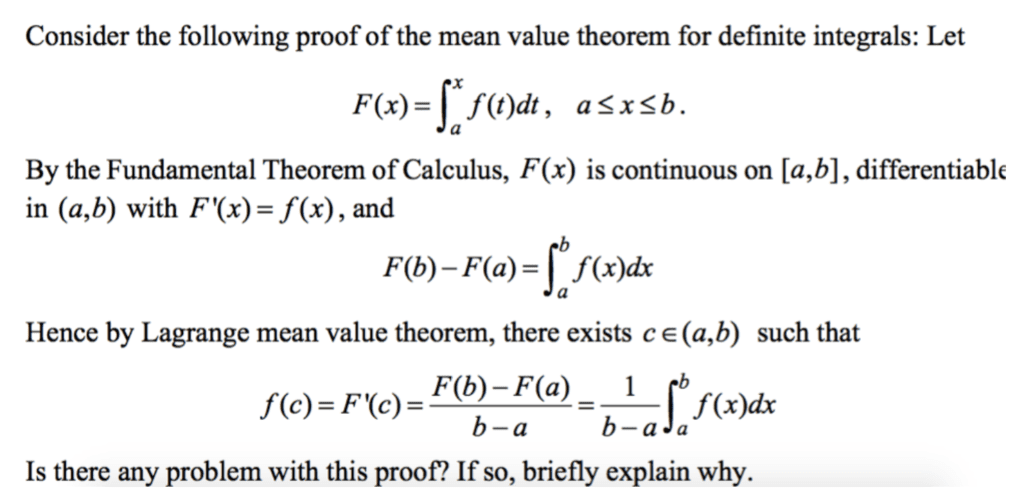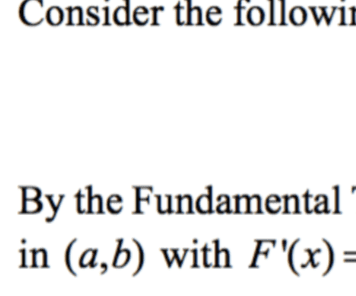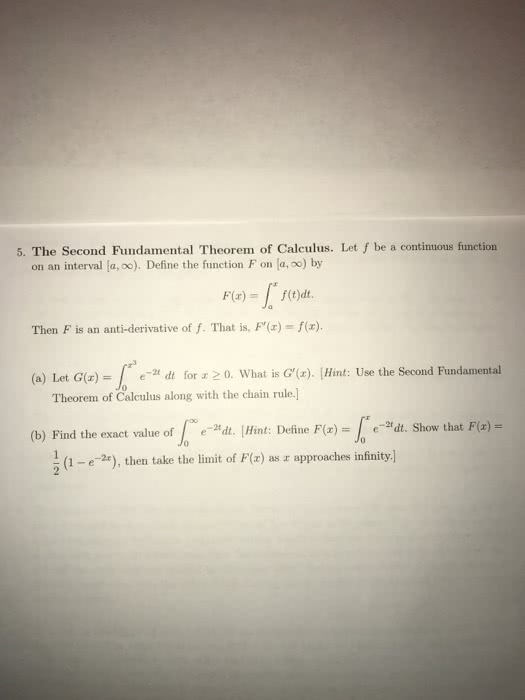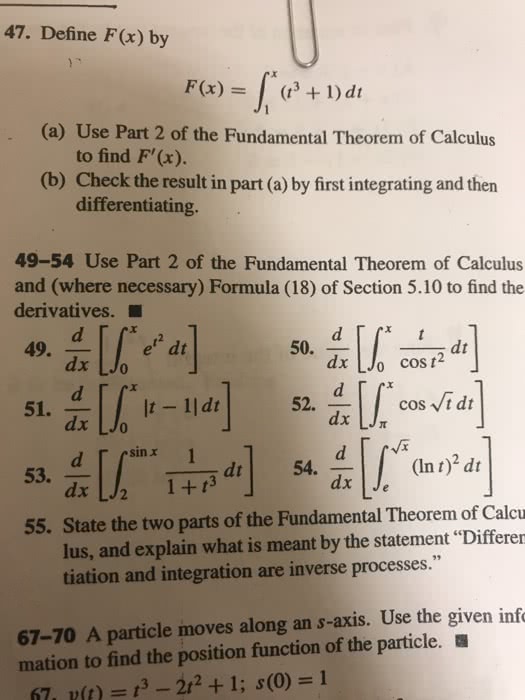MATH 111 Lecture Notes - Lecture 23: Differentiable Function
Document Summary
The fundamental theorem of calculus part 1. If f is continuous on [a,b], then the function g. Is continuous on [a,b] and differentiable on (a,b), and: The fundamental theorem of calculus part 2. Where f is any antiderivative of f. A x f(t)dt, then g"(x) = f(x) f(x)dx = f(b) - f(a), where f is any antiderivative of f. The integral of a rate of change is the net change. If b is a changing value (eg. x, x2, sinx, etc. Don"t forget to also insert b into dx. If both a and b are numerical values, solve the integral. **check to make sure that f(x) is differentiable on the interval [a,b] If u= g(x) is a differentiable function whose range is an interval i and f is continuous on i, then: F( g(x) ) g"(x) dx = f(u) du. After integral signs, treat dx and du as if they were differentials.





